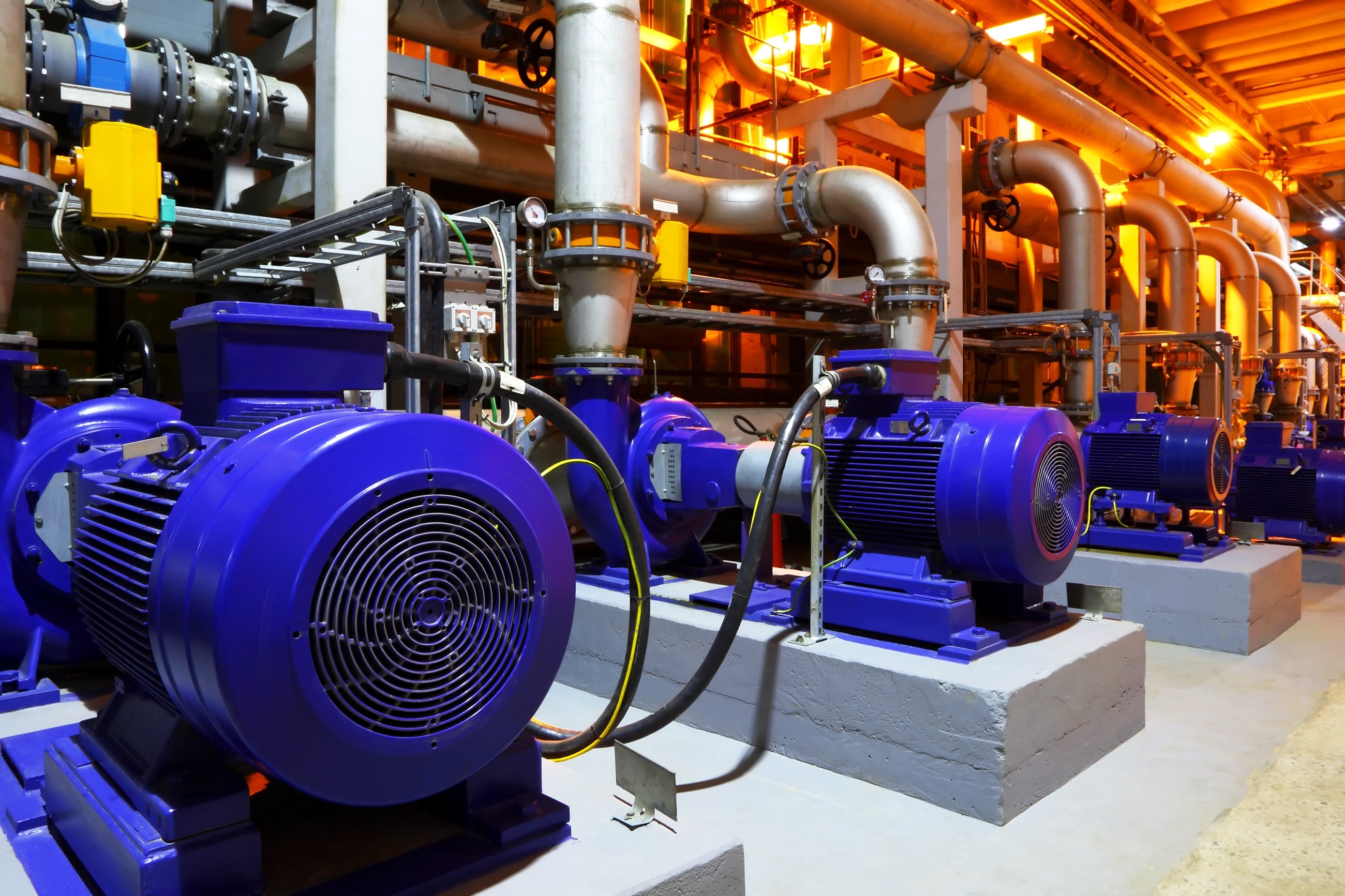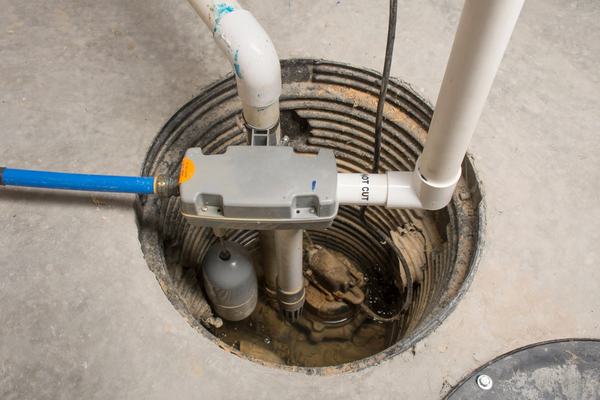Simple Steps for Fixing Low Water Pressure in Your Home
Simple Steps for Fixing Low Water Pressure in Your Home
Blog Article
Just about everyone has their own unique idea in relation to Dealing with Low Water Pressure in Your Home.

Low tide stress in your house can be an aggravating problem, influencing everything from bathing to cleaning meals. If you're experiencing weak water circulation, there are several possible reasons and services to check out. In this overview, we'll review common reasons for low water stress and sensible steps to resolve the concern successfully.
Introduction to Low Water Stress
Low water stress happens when the flow of water from your faucets, showers, and various other fixtures is weaker than common. This can make daily jobs a lot more difficult and much less efficient. Comprehending the sources of low tide stress is crucial to finding the appropriate remedy.
Common Sources Of Low Water Pressure
Faulty Stress Regulatory Authorities
Stress regulatory authorities are in charge of preserving regular water stress in your house. If they malfunction, it can result in low water pressure or uneven flow throughout the house.
Local Supply Of Water Issues
Occasionally, the problem lies outside your home. Municipal water system problems, such as main line leakages or upkeep work, can temporarily lower water pressure in your area.
Pipeline Obstructions
With time, pipes can come to be clogged with mineral deposits, debris, or particles, restricting the circulation of water. This is an usual problem in older homes with galvanized steel pipes.
Deterioration
Deterioration within pipelines can lead to leaks and minimized water pressure. Rust accumulation can constrict water circulation, specifically in maturing plumbing systems.
How to Identify Low Water Stress
Evaluating Pipelines
Check visible pipelines for indications of leaks, deterioration, or clogs. Take notice of any uncommon noises, such as knocking or rattling pipes, which could show problems within the plumbing system.
Consulting with a Plumber
If you're not able to determine the reason for low water pressure, think about hiring a specialist plumber to perform an extensive inspection. They can recognize underlying concerns and advise suitable options.
Inspecting Faucets and Fixtures
Beginning by testing the water pressure at various faucets and components throughout your home. If the concern is separated to certain locations, it might indicate local problems.
Do It Yourself Solutions to Repair Low Tide Pressure
Flushing Water Heater
Sediment buildup in the hot water heater can restrict circulation and decrease performance. Purging the storage tank periodically helps remove debris and maintain ideal efficiency.
Inspecting Stress Regulator
Ensure that the stress regulator is working properly. Changing or replacing the regulator can assist recover correct water stress throughout your home.
Cleaning Aerators and Showerheads
Mineral deposits can build up in aerators and showerheads, reducing water flow. Get rid of and clean these components on a regular basis to enhance water pressure.
Clearing Clogs in Pipes
For small blockages, try making use of a plumbing snake or chemical drainpipe cleaner to clear obstructions in pipes. Be cautious when using chemicals and adhere to safety standards.
When to Call an Expert Plumber
If DIY efforts fail to resolve the concern or if you think considerable plumbing problems, it's ideal to look for assistance from a licensed plumber. They have the know-how and tools to address intricate concerns securely and properly.
Safety Nets to Preserve Water Pressure
Mounting a Stress Booster
Consider setting up a stress booster pump to boost water pressure in areas with continually reduced circulation. This can be particularly advantageous for multi-story homes or residential properties with high-demand fixtures.
Tracking Water Use
Bear in mind water use routines and avoid overtaxing the plumbing system. Basic changes, such as incredible showers and washing tons, can aid maintain sufficient water pressure.
Routine Upkeep
Set up routine maintenance for your plumbing system to prevent issues such as deterioration, leaks, and blockages. Attending to minor issues early can help avoid more significant repairs later on.
Conclusion
Managing low tide pressure can be aggravating, yet identifying the underlying causes and executing proper remedies can restore optimum flow throughout your home. Whether it's cleansing aerators, examining pipelines, or consulting with a plumber, taking aggressive steps can guarantee a consistent supply of water for your day-to-day demands.
HOW TO FIX LOW WATER PRESSURE IN YOUR HOUSE
When your plumbing system functions properly, you likely never think about the water pressure coming from your faucets, shower heads, or other water fixtures. If you experience low water pressure in your house, though, it can quickly cause problems for cooking, cleaning, bathing, and laundry. Learning how to fix low water pressure in your house can help you avoid frustrating situations and worsening plumbing issues.
When investigating why your home has low water pressure, call the plumbing professionals at Hutchinson to inspect your system, identify the problem, and perform necessary repairs. Our highly-trained plumbing system experts utilize the best tools and techniques available to resolve issues with your home’s plumbing system. Call today to schedule a service with our experts and resolve the low water pressure in your home.
Common Causes of Low Water Pressure
While learning about how to fix low water pressure in your house, it’s essential to understand the various causes of this issue. From plumbing system failures to issues with your water fixtures, there are many reasons for low water pressure in a home. The most common causes of low water pressure include:
Pipe corrosion: If you live in an old house, your pipes could be much older than you realize. Over time, most pipes corrode, especially those made from galvanized steel. Corrosion creates small holes in your pipes that allow water to leak as it travels to your fixtures, leading to low water pressure. Hard water: Hard water forms when water retains a certain concentration of mineral and sediment buildup. Hard water can exacerbate corrosion and reduce water pressure. Hard water remains one of the main culprits of clogged pipes. Clogged pipes: When a pipe blockage clogs your system, it restricts water flow. That’s why clogged pipes are a leading cause of low water pressure. Faulty fixtures: Components within individual water fixtures can experience isolated clogging and rusting that cause low water pressure. If you notice only low shower pressure or limited faucet flow, inspect your system for faulty fixtures displaying rusting, clogging, and other damage. Water line leaks: Your water supply usually comes from a community source connected to your home through a water line. Any leaking in this water line will reduce water pressure before it enters your home. If you share a water line with neighbors, they might also notice low water pressure due to this problem. Broken pressure regulator: The pressure regulator ensures the water flowing throughout your home remains at a psi of about 50. Damage or breakdown of this crucial component will reduce water pressure throughout your property. Closed valve: The water valve supplying your home must be fully open to enable proper water pressure. A partially closed valve will yield low water pressure and cause issues. 5 Ways to Fix Low Water Pressure
Check for Leaks
Depending on their severity, leaks are usually easy to identify as the cause of your low water pressure. Whether your basement floods overnight or you notice mold growth on surfaces near your pipes, leaks usually present noticeable symptoms. In most cases, you’ll need to call professionals to replace sections of damaged piping or seal water line leaks.
Clear Clogged Pipes and Drains
Clogs can occur in any part of your system at any time. In most cases, it’s difficult to resolve clogged pipes and drains without professional equipment and experience.
Hutchinson experts can perform a comprehensive plumbing system inspection to identify the clog’s source and remove obstructions from your pipes. With the help of advanced equipment, we can restore your home’s normal water flow and pressure.
Replace the Pressure Regulator
After identifying a faulty pressure regulator as the cause of your low water pressure, there’s nothing to do but replace the mechanism. Homeowners should never conduct their own replacement.
Attempting to replace a crucial component like your pressure regulator that attaches to your overall plumbing framework could cause unnecessary damage and worsen the situation. Instead, rely on professionals to replace your pressure regulator properly.
Repair or Replace Broken Faucets and Fixtures
If you notice water pressure issues in an individual faucet or fixture, you can solve the problem quickly. Depending on the type and location of the fixture, you can likely replace it yourself.
For homes with custom fixtures, you might need to special order new parts. In these cases, opting for professional replacements helps you avoid any mishaps that could leave your water feature dysfunctional for longer.
Install a Pressure Booster
Water pressure problems impacting your neighborhood or community at large might require more overarching solutions. If your neighbors experience low water pressure as well, you might need to integrate a pressure booster into your water supply line.
Pressure boosters upgrade the water pressure starting at the source. These mechanisms can provide water pressure benefits to any homes on the same supply line. Call Hutchinson today to install a pressure booster on your water supply line.
Call Hutchinson to Fix All Your Plumbing Issues
Low water pressure is just one of many plumbing problems that reduce home comfort and cause system issues. The top-rated professionals at Hutchinson offer comprehensive plumbing services, including system inspections, maintenance, and repairs.
https://www.hutchbiz.com/blog/2024/01/15/how-to-fix-low-water-pressure-in-house/

I am very inquisitive about and I'm hoping you enjoyed the page. Appreciated our write up? Please share it. Let another person discover it. We cherish your readership.
Click Here Report this page